- Ê
- Â
fKelsey has 5 post(s)
Part One:
Armin Hofmann, born in 1920 in Winterhur, Switzerland. Grew up to become a Swiss designer, that had a very tremendous influence on the development of the graphic design style known as Swiss International Style. Hofmann believed in simplicity, legibility and objectivity which is the format for Swiss style. Hofmann worked at the Basel School of Arts and Crafts for 40 years and during that time became the head of the graphic design department. Armin thought Swiss International Style was all about communication and he believed the best form of communication was through posters using type and photography, but Hofmann also had written a textbook “Graphic Design Manual” which is still used to teach graphic design today. Hofmann’s former students speak highly of him, in 2011 he even was awarded the AIGA medal which stands for “American Institute of Graphic Arts”. For Robert and Alison Probst, who was also Hofmann’s student, these enduring designs are the work of “a master of his craft with a superior sense of aesthetics. His work deals with the universal language of signs and symbols, often including serendipity and always aiming for timeless beauty”(AIGA, the professional association for design). In the article on the AIGA award he received, they speak so highly of Hofmann and all that he did to help them as students and that is what you want in a teacher.
Part Two:
1) Hofmann had a good sense of structure and the ability to use space, which projected his personality as a designer and an artist.
2) Hofmann sought for musical resonance, in his work and in his students.
3) Hofmann’s teaching was thought of as unorthodox but he would bring you back to the fundamentals of design.
Part Three:
Armin Hofmann, Theater Bau von der Antike Bis Zur Moderne,1955
Sources:
https://kscgd.com/2015fall/gdp1/wp-content/uploads/2015/11/GTGD_CH2.pdf
http://designishistory.com/1940/armin-hofmann/
http://www.famousgraphicdesigners.org/armin-hofmann
http://www.designishistory.com/home/swiss/
http://www.moma.org/collection/artists/2697?=undefined&page=1
The reading showed that everything deserves a purpose, even the way words are grouped on a page. Everything you see is influential and this benefits a graphic designer but they need to know how to use it. Using hierarchy in your work makes it interesting for the eye, even if they are small changes such as placement, size, or color. These changes enhance and can make a message come off clearer or greater then intended.
Oklahoma city, Oklahoma
73101
Overcast
62°F/17°C
| Humidity | 93% |
| Wind Speed | S 14 mph |
| Barometer | 30.03 in (1016.3 mb) |
| Dewpoint | 60°F (16°C) |
| Visibility | 10.00 mi |
| Last update | 4 Nov 7:52 am CST |
This project was interesting to me due to the fact that I have never done anything like it before. I enjoyed the “forced connections” because it is challenging in the sense that it doesn’t seem right and is difficult to do. I enjoyed this new way of thinking about one word and all of the possibilities it has. I feel as though my group worked very well together and managed to really make do and get it done. The only problem I had was following the directions; they at times seemed a little wish-washy and a bit hard to understand.
Thumbnails
Mind map
Forced Products
-
-
Classroom
-
Recent Posts
Recent Comments
- Danielle Vizard on Thinking with Type — TEXT
- Danielle Vizard on Digging’ It!
- Jenna on Thinking with Type — TEXT
- Jenna on Digging’ It!
- Elizabeth Robinson on Digging’ It!
Archives
- November 2023
- August 2023
- May 2023
- April 2023
- March 2023
- February 2023
- January 2023
- December 2022
- November 2022
- October 2022
- September 2022
- August 2022
- July 2022
- June 2022
- May 2022
- February 2022
- December 2021
- November 2021
- October 2021
- September 2021
- August 2021
- June 2020
- February 2018
- December 2015
- November 2015
- October 2015
- September 2015
- August 2015
Categories
-
About
KSC GRAPHIC DESIGN
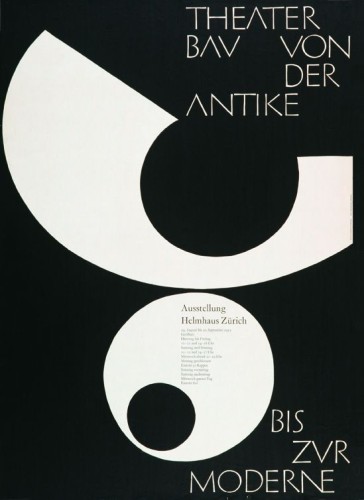
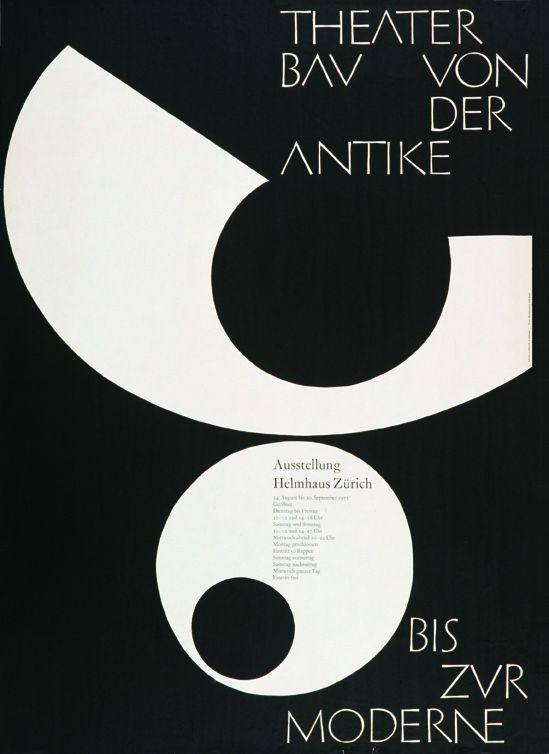

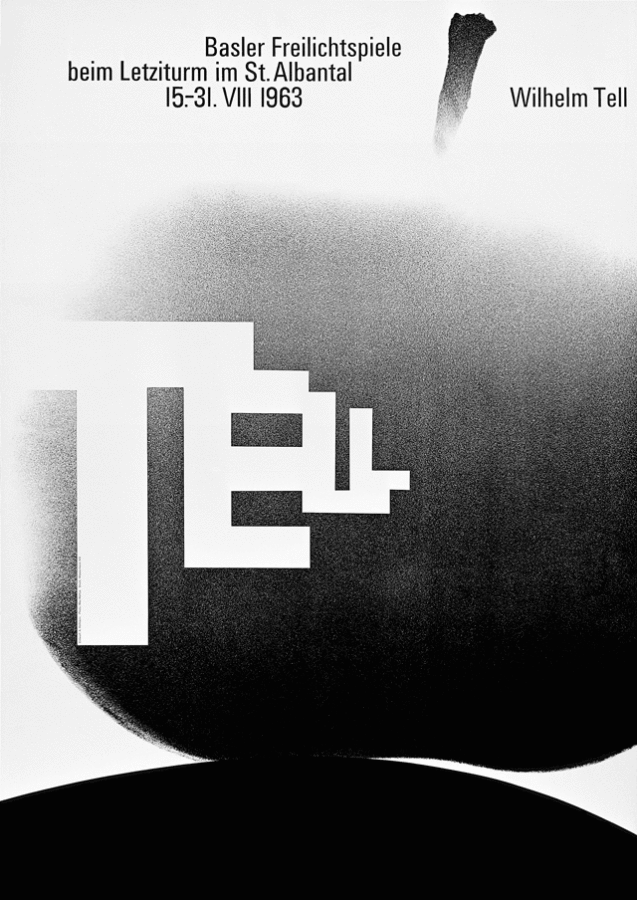

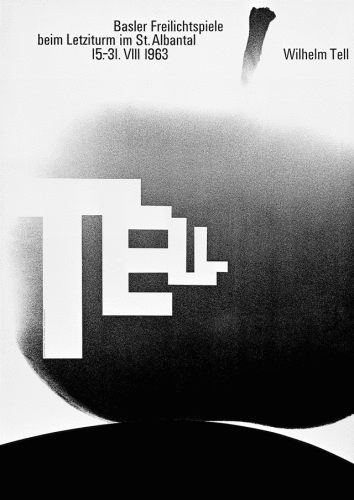


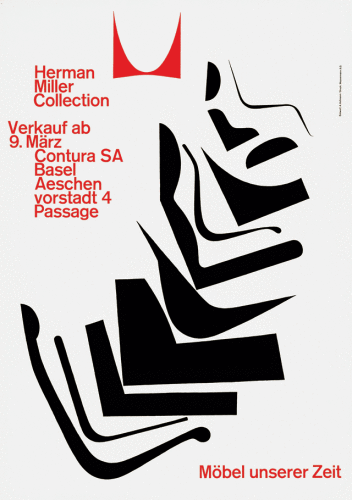
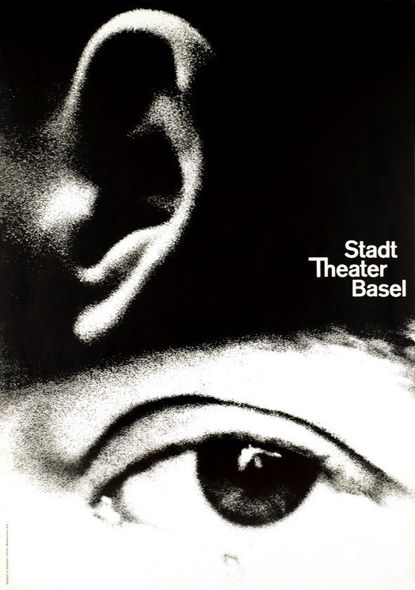

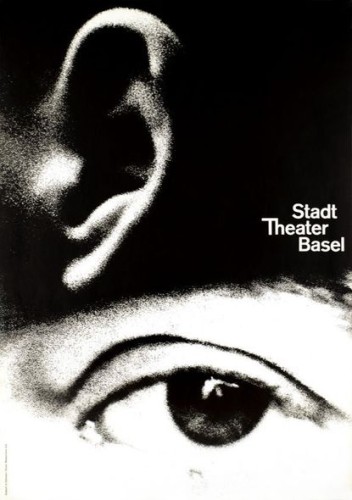
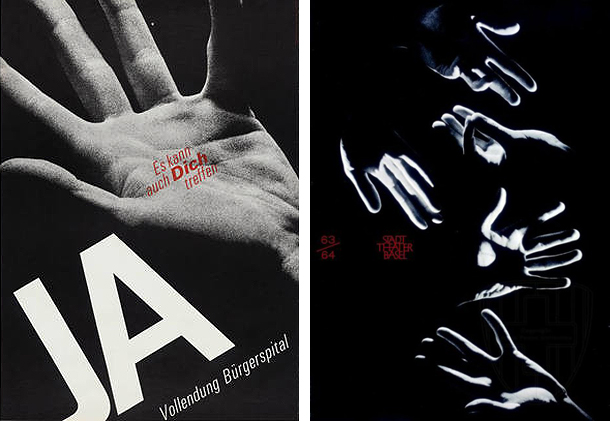

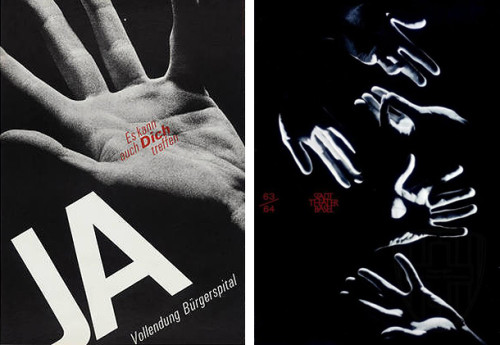
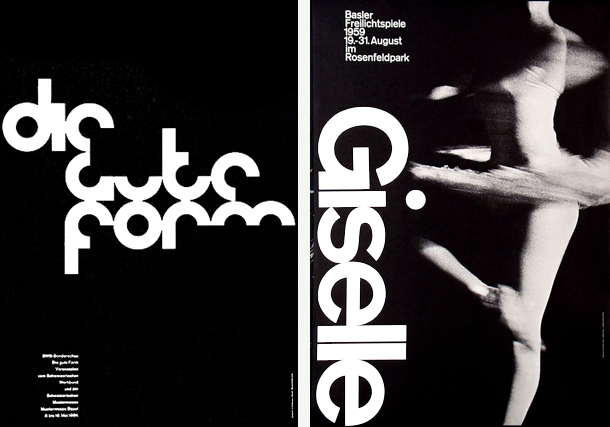

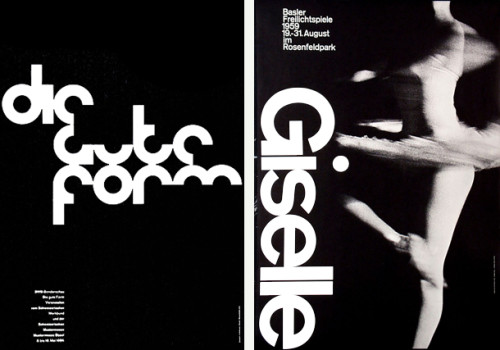
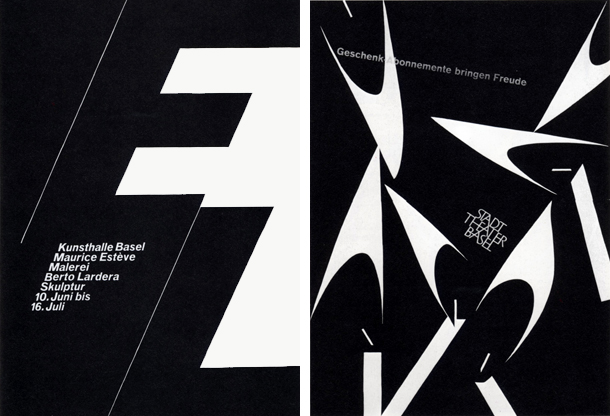

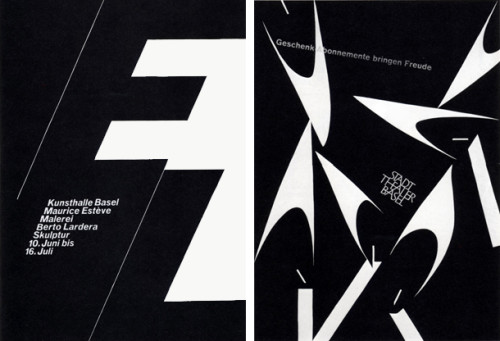

![IMG_7564[1]](https://kscgd.com/2015fall/gdp1/wp-content/uploads/2015/09/IMG_75641-e1441766958209-396x500.jpg)
![IMG_7561[1]](https://kscgd.com/2015fall/gdp1/wp-content/uploads/2015/09/IMG_75611-e1441767941901-500x429.jpg)
![IMG_7562[1]](https://kscgd.com/2015fall/gdp1/wp-content/uploads/2015/09/IMG_75621-e1441768237180-312x500.jpg)

Take a look at the assignment again and fill this post out with all elements 🙂 R